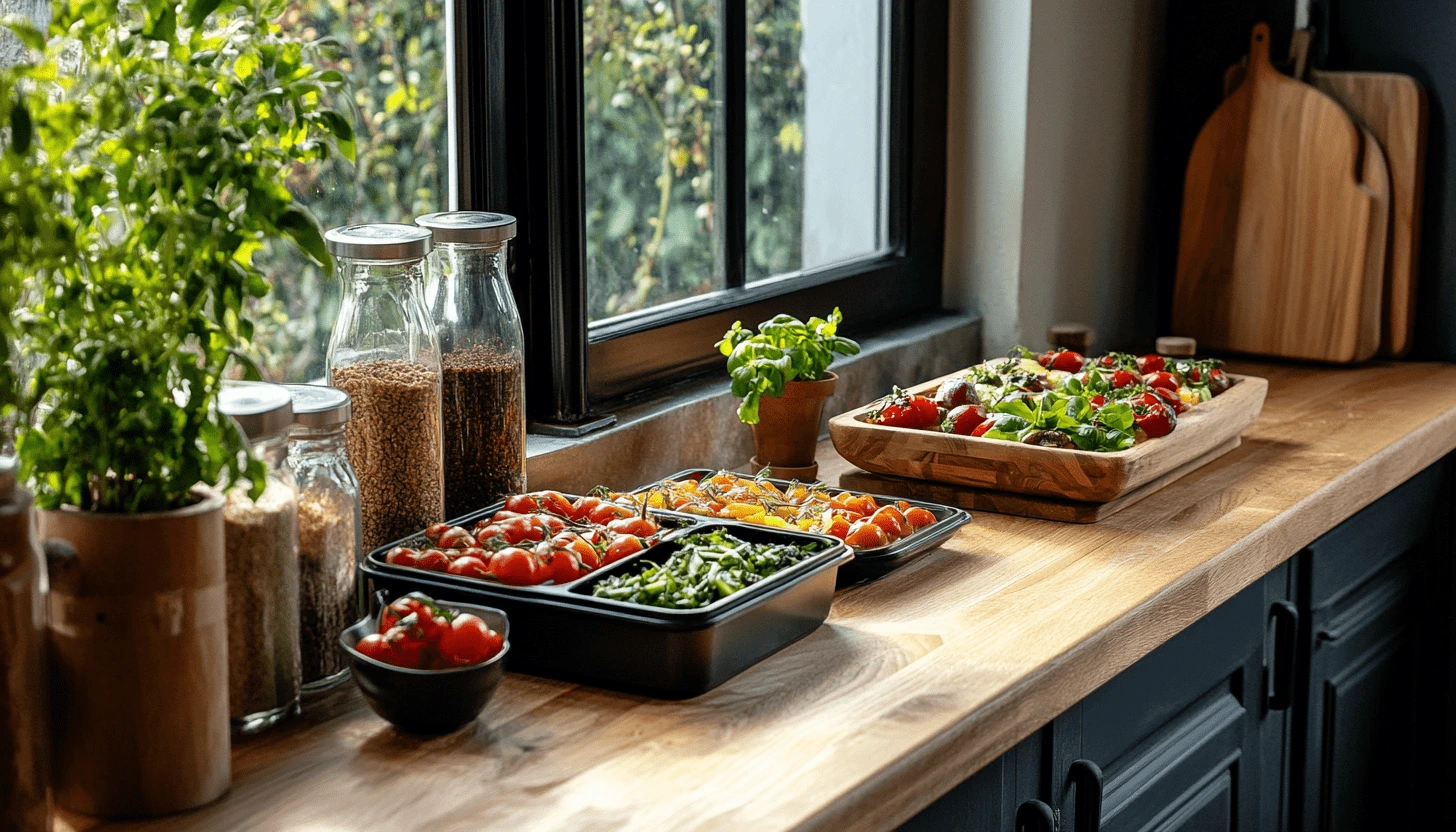Strategies for Overcoming Common Barriers to Healthy Eating
Published: February 12, 2025 6 mins read
You know that moment when you’re trying to eat healthier, and suddenly, every fast-food commercial feels like it was custom-made just to tempt you? You had a salad for lunch—shouldn’t that be enough to summon six-pack abs overnight?
Let’s be real: eating healthy is hard. Not because we don’t know that vegetables are better than donuts, but because life makes it inconvenient, expensive, confusing, and, let’s be honest, less exciting than a deep-fried, cheese-covered, sugar-drizzled monstrosity from your favorite fast-food joint.
But here’s the good news: healthy eating isn’t about perfection—it’s about consistency. And once you understand how to overcome the biggest barriers, making good food choices becomes easier (and more enjoyable). Let’s break it down.

People often say healthy food is pricey, but a bag of lentils costs less than a Frappuccino. If money is tight, you don’t need organic dragon fruit and imported salmon—you need smart grocery shopping.
✅ Buy in Bulk:
✅ Prioritize Nutrient-Dense, Budget-Friendly Foods:
✅ Ditch the “Healthy = Fancy” Mindset:
🧐 Thought-Provoking Question: If you wouldn’t put cheap oil in your car, why fuel your body with the cheapest, lowest-quality food available?
You know what else takes time? Scrolling TikTok for an hour, binge-watching Netflix, and waiting in line at the drive-thru. If you have time for those, you have time to eat healthy—you just need a better system.
✅ Use the “Two-Minute Rule” for Healthy Snacks:
✅ Batch Cook Like a Boss:
✅ Simplify Your Meals:
🧐 Thought-Provoking Question: If you’re too busy to eat right, are you really too busy—or just prioritizing other things?
You’re not weak. Junk food is literally designed to be addictive.
🧠 Mini Breakdown:
✅ Reset Your Taste Buds (Gradually!)
✅ Eat Protein & Fiber to Crush Cravings
✅ Use the “Delay & Swap” Trick
🧐 Thought-Provoking Question: Are you actually hungry—or just responding to a habit or marketing trick?
Ever had a friend say, “Come on, just one slice of cake won’t kill you!”? The problem isn’t the cake—it’s the guilt-tripping.
✅ Own Your Decision—Without Explaining It
✅ Bring a Healthy Dish to Gatherings
✅ Use Humor to Deflect Awkwardness
🧐 Thought-Provoking Question: Are your friends helping you become healthier—or dragging you down with them?
Healthy eating isn’t about never eating pizza again. It’s about setting yourself up for success with smarter choices.
🚀 Your Challenge: Pick ONE strategy from this article and apply it today.
Small steps lead to big changes. The key is consistency—not perfection.
So, what’s the one change you’re making today? Let me know—I’d love to hear it.
This will close in 20 seconds